Process refractometers for sugar concentration
Brix and % concentration for all parts of the sugar processing plant
Inline and laboratory solutions for the measurement of sugar liquor after crushing, and evaporated sugar concentration
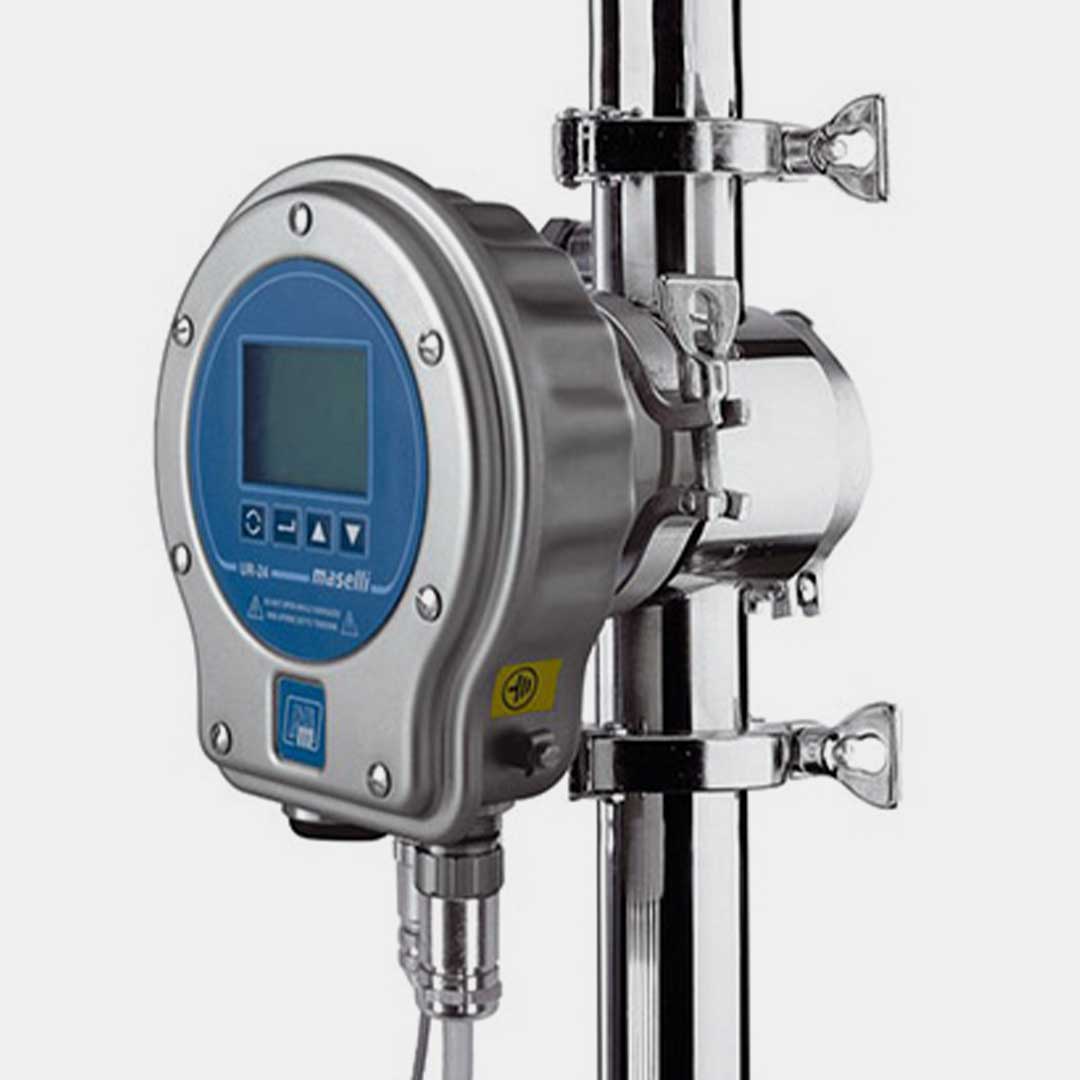
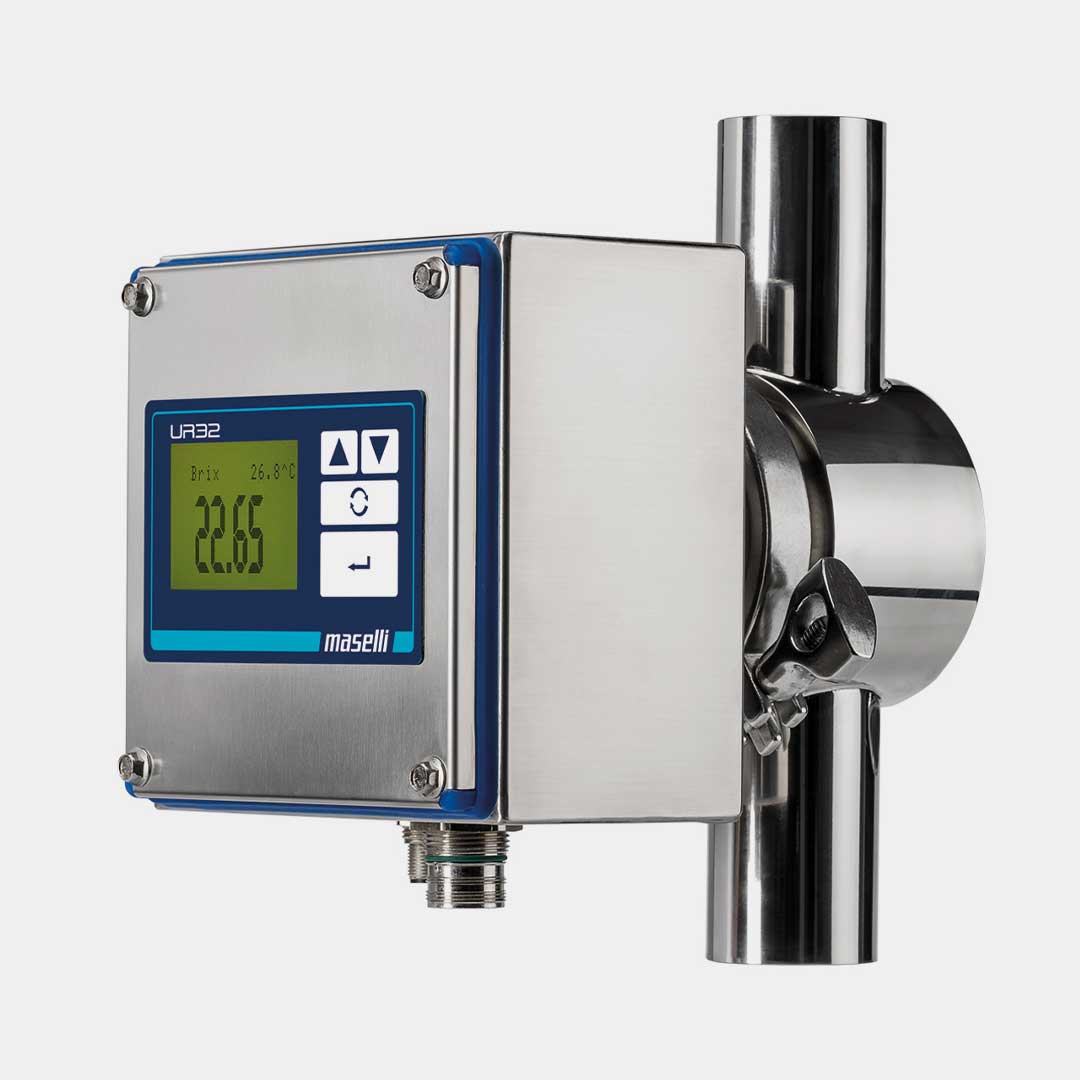
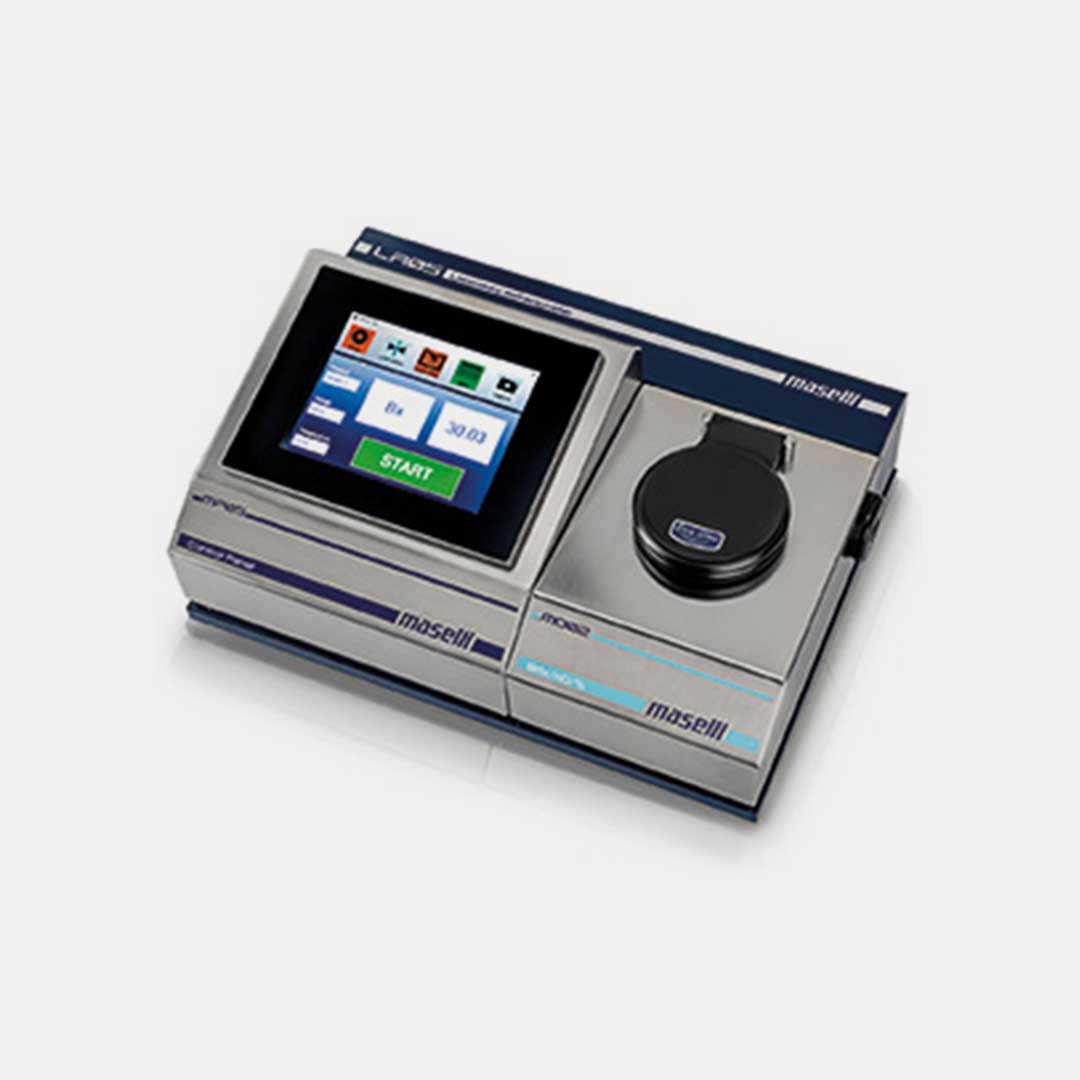
Process overview
Concentrated sugar solution is extracted from sugar cane strips (by diffusion or crushing).
The raw juice is then purified/filtered to become sugar cane extract which is around 16 Brix or 16% sugar. This juice is then concentrated to become thick juice (concentrated up to 60 – 65 Bx).
Description of the process
The process of concentration of the sugar solution extracted from sugar cane consists of two basic steps. Evaporation: concentration of the sugary juice from 16 Bx to max. 65 Bx (saturation limit).
Cooking (Crystallization) concentration of the thick juice, accompanied by separation of the sugar crystals.
Application objectives for a process refractometer
The scope of the installation is to continuously measure the concentration of the sugar solution at the outlet of the various concentration phases and use the value measured to control the process to the set point.
Benefits of the application
By continuously measuring the concentration it is possible to obtain the following advantages:
- Ability to automate the process with a control loop
- Reduction of costs reducing the frequency of laboratory analysis
- Reduction of non-conforming product
- Greater consistency of the finished product
- Ability to correct process fluctuations in the plant in real time
- Real-time acquisition of analytical data.
Analyser type and configuration
- Maselli UR24 Process refractometer
- Measuring Range (suggested) : 0 – 80 Brix
- Repeatability: ± 0.01 Brix
- Accuracy): ± 0,5% of the M.R. (or Span)
- Temperature Range: 5…100 °C

-
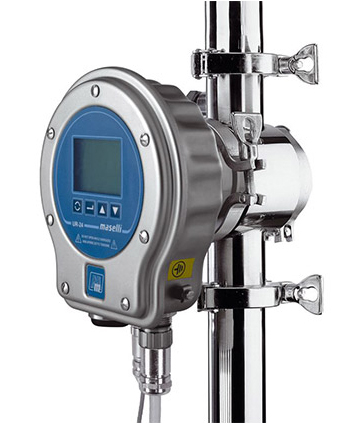 Quick ViewRead moreIn Line Analysers
Quick ViewRead moreIn Line AnalysersUR24 – In-line process refractometer
Maselli UR24 – The Essential Inline Process Refractometer
The UR24 digital refractometer is a stand-alone unit designed for direct installation in-line or in a tank or vessel. It continuously measures concentration and displays and outputs the result in Brix or nD or % concentration with maximum accuracy 0.02 Brix, 0.00004nD. It also features a user programmable scale for specific applications.
The UR24 will signal to the process when concentration is outside of specifications or has reached its target end point by means of analogue and digital interfaces (Profibus DP is available as an option). The analyzer does not have any drift in the time so that it does not need any adjustment vs the laboratory: after the initial configuration during start up, the operators in the plant do not have to touch the system anymore. Due to the optical technology, the equipment is virtually no maintenance.
-
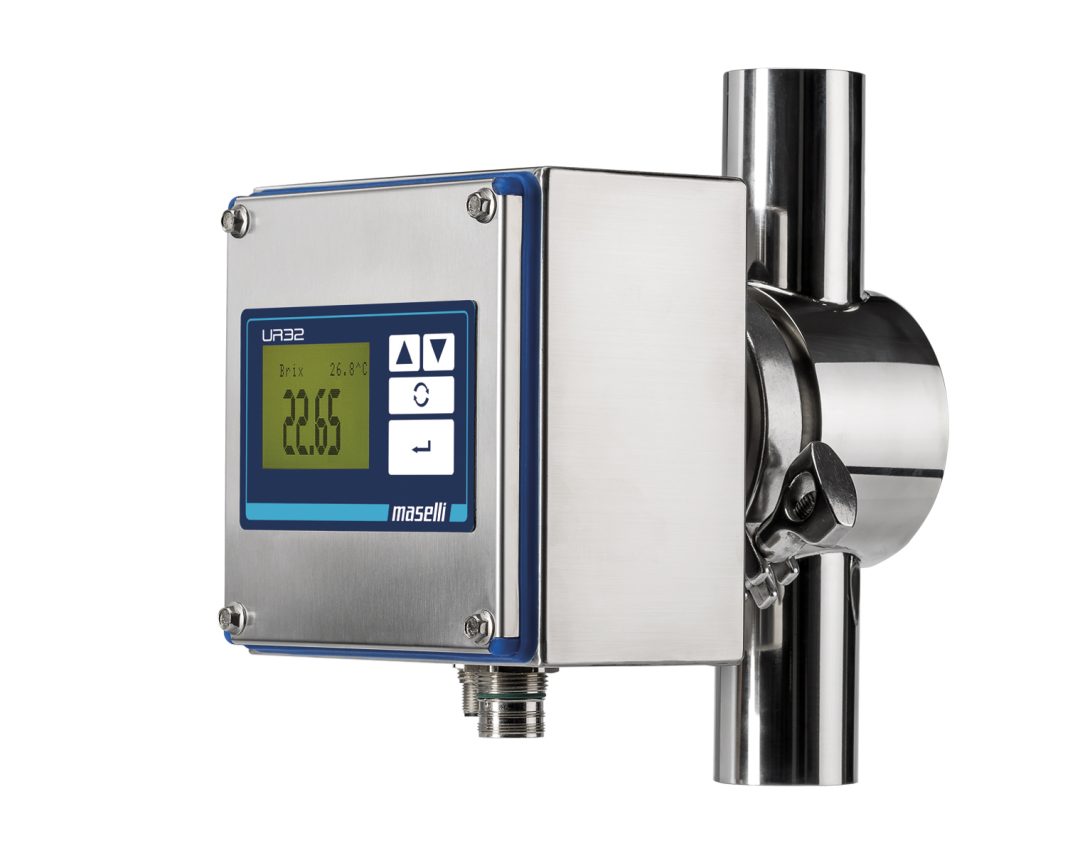 Quick ViewRead moreIn Line Analysers
Quick ViewRead moreIn Line AnalysersUR32 – Process Refractometer
Maselli UR32 – The Essential Inline Process Refractometer
The UR32 digital refractometer is a stand-alone unit designed for direct installation in-line or in a tank or vessel via a Maselli DF15 mounting fitting. It continuously measures concentration and displays and outputs the result in Brix or nD or % concentration with maximum accuracy 0.05 Brix, 0.00007nD. It also features a user programmable scale for specific applications.
The UR32 will signal to the process when concentration is outside of specifications or has reached its target end point by means of analogue and digital interfaces (Profibus DP is available as an option). The analyzer does not have any drift in the time so that it does not need any adjustment vs the laboratory: after the initial configuration during start up, the operators in the plant do not have to touch the system anymore. Due to the optical technology, the equipment is virtually no maintenance.
-
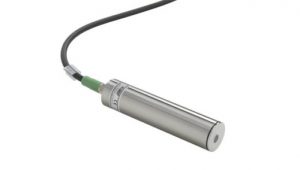 Quick ViewRead moreIn Line Analysers
Quick ViewRead moreIn Line AnalysersUR62 – Refractometric analyzer
Maselli UR62 – The Basic Inline Process Refractometer
The UR62 digital refractometer is a probe style refractometer designed for simple installation in-line or in a tank or vessel. It continuously measures concentration and displays and outputs the result in Brix or nD or % concentration with maximum accuracy 0.1 Brix, 0.0002nD.
The UR62 will signal to the process when concentration is outside of
specifications or has reached its target end point by means of analogue 4-20 mA output.
The probe is easily set up and configured through a PC or portable computing device using its built-in RS485 interface. It can also be connected to the optional RC-24 touch screen operator display unit. The analyzer does not have any drift in the time so that it does not need any adjustment vs the laboratory: after the initial configuration during start up, the operators in the plant do not have to touch the system anymore. Due to the optical technology, the equipment is virtually no maintenance.
Maselli also manufactures a wide range of in line mounting fittings with tri-clamp, flanged and welded ends to suit any line type, we also manufacture them in special and exotic materials to suit various process needs. Tank and vessel mounting flanges and adapters are also custom made to suit the process equipment.
A world leader in refractive index technology for over 60 years when it comes to Brix Meters, nD Analysers and nD refractometers, Maselli is a quality brand you can trust. Contact one of our experts today for no obligation free quotation on this industry standard laboratory refractometer.
Typical refractometer questions answered by our experts
How does a refractometer work?
A refractometer uses light to measure liquid concentration. An LED sends the light into a sapphire or balf prism. The prism is in contact with the liquid and the light from the LED is reflected back from the liquid surface like a mirror. The angle of the reflected light will change depending upon the liquid concentration. This reflected angle is called the angle of refraction. A refractometer uses a CCD to capture the returned light from the liquid. A shadow will be cast on the CCD and this shadow will move based on the angle of refraction. A refractometer uses the output from the CCD to precisely calculate the liquid concentration based upon the CCD image.
How does an inline refractometer work?
In line refractometers use this same principle as a refractometer mentioned above in How does a refractometer work. The difference is an inline refractometer making this analysis of the CCD image constantly and updating many times per second to give a real time reading of the process liquid conditions. Typically inline refractometers are used for process monitoring and process control so they need to be extremely fast to react to process variations.
What are the different types of refractometer?
All refractometers operate on the same principle, but there are many different versions of refractometers from basic to very sophisticated. A user would select the type needed based on the application, accuracy and budget they have for a refractometer. There are very simple hand held refractometers that are purley held up to the light and using the eye the reading is taken, these are typically low cost and low accuracy and affected by human error. The next level would be a small hand held digital refractometer where the determination of the refractive index is calculated electronically, these come in low, medium and high accuracy and will vary in cost accordingly. There are laboratory and at line refractometers for bench top use and these also come in various accuracies and will be selected based on the application and accuracy needed. Inline refractometers would be the last refractometer type and these will monitor a process continuously, these also have various types and brands and should be selected based on the accuracy required and application.
What is inline process?
The term inline process is used when a measurement of a product is required to be done during the manufacturing process. This product could be a liquid or also me a solid material as there are alo technologies to measure solid materials inline. In the case of a refractometer, inline process analysis means analysing the concentration of a liquid during the manufacturing process. This becomes especially important if the manufacturer wants to improve quality or increase yield from the liquid.
How do you use a refractometer for sugar?
Refractometers can be used for sugar concentration analysis both off line in a laboratory or using a hand held device. These are typically used by taking a sample of the sugar in liquid form and placing it on the refractometer. The refractometer will then provide the refractive index or Brix of the concentration. Inline refractometers can also be used for this purpose and are mounted in the tank or pipe and measure the sugar concentration in real time.
Why is refractometer used in the sugar industry?
Refractometers are used in the sugar industry as they are a fast and reliable way to measure the concentration of the sugar liquor. Sugar refractometers can be used throughout the process and allow the sugar processing plant to control the brix or % sugar concentration after crushing, evaporating and crystallising at various other stages of the process. Refractometers are a cost effective and reliable way to make this measurement.
What are the most common uses for the refractometer?
Refractometers are most commonly used to measure bi-component liquids for concentration strength. These liquids can vary from chemical concentrations to foods and beverages. A refractometer is a primary method of analysis and is therefore a very reliable method of concentration analysis for a very wide range of liquid applications.
- Brix Monitor
- Inline Beverage Analyser
- Inline Beverage Analysis
- nD Refractometer
- nD Analyser
- Refractometric Analyser
- Brix Refractometer
- Sugar Refractometer
- Sugar Analyser
- Brix Analyser
- Inline Brix Analyser
- Inline Brix
- Inline Sugar
- L-Rix
- Bx
- Lab Refractometer
- Laboratory Refractometer
- Brix Meter
- nD Refractometer
- nD Analyser
- Refractometric Analyser

